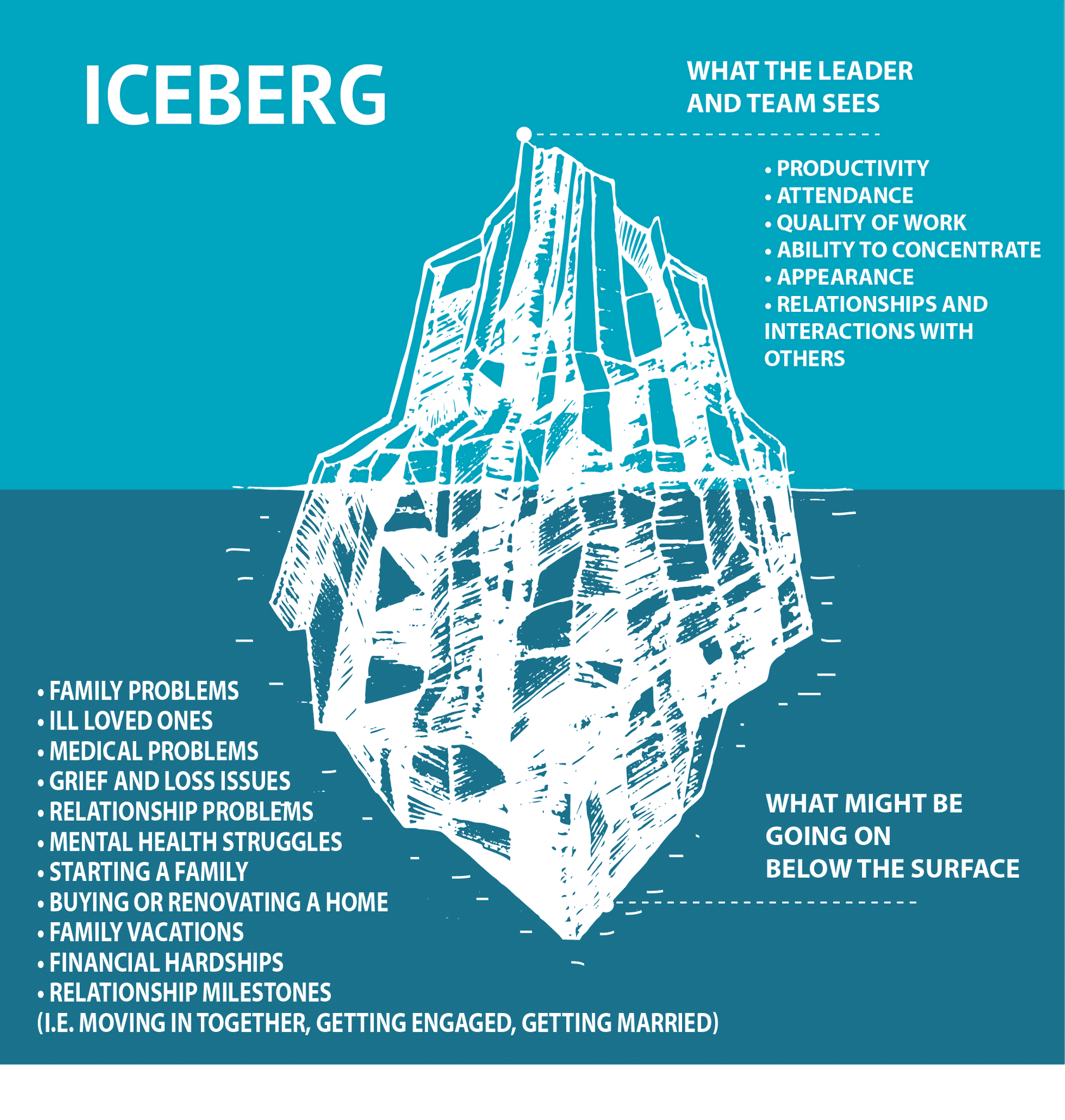

How to lead with authenticity
Authentic leadership—highly sought after and crucial for success—is sometimes misunderstood
Leaders value trust, transparency, and openness within their teams. But finding the line between being authentic versus inappropriate is what builds the highest-performing teams, says a leadership consultant and coach.
Ilana Zinyk, a featured expert in PowerED™ by Athabasca University’s Essential Skills for Leaders Certificate, explains that leading with authenticity requires understanding who you are and ensuring that you are demonstrating your values in a way that is both true to yourself and is respectful of those around you.
“Being authentic is important. Differentiating between being ‘authentic’ and being ‘unapologetically oneself’ is essential,” says Zinyk, adding the latter often includes offering unfiltered opinions or other inappropriate behaviour. Equally important, she says, is recognizing that authenticity does not permit a leader—or anyone—free rein to say or do things that are hurtful, damaging, or otherwise unproductive.
“Aligning your words with your actions is important to showing up in an authentic way and will help to build strength and trust in relationships.”
“Aligning your words with your actions is important to showing up in an authentic way and will help to build strength and trust in relationships.”
– Ilana Zinyk, leadership consultant and coach
Being an authentic leader allows you to build a culture of trust within your team. Knowing how to lead with empathy, transparency, and vulnerability will help everyone succeed.
Empathy and authenticity go hand in hand
Empathy is one aspect of authentic leadership that is often neglected. It’s important for leaders to recognize that every employee comes to work with different experiences.
“Seeking to understand what’s going on for other people is really essential for the foundations of building a connection,” says Zinyk.
The iceberg metaphor, she says, reminds us that leaders and teams only see what is above the water and there might be a lot going on below the surface.

On that surface, you see variations in productivity, attendance, and the ability to concentrate. But what you may not see are family problems, financial hardships, or mental health struggles.
“Leaders need to demonstrate empathy, be curious, and remove barriers to try and give someone what they need in order to continue contributing,” Zinyk says.
She recommends leaders ask thoughtful, open-ended questions, and resist the urge to make assumptions or judgments. She also recommends adopting a servant approach to leadership.
From an employee perspective, communicating what you need in terms of support is valuable too, she adds.
And even though remote work has increased since the pandemic, Zinyk says it’s still possible to connect authentically over the telephone or video camera.
“It’s about balancing being true to yourself with being curious about the person you’re interacting with. A strategy I find really helpful is to forget the fact that I’m speaking to a computer and focus on the relationship and the connection beyond the screen,” she says.
Authenticity is all about finding a way to voice your opinions, while also being kind and delivering your messages in a mindful and intentional way.

Vulnerability is not disclosure
“The highest-performing workplaces typically have a high level of vulnerability,” she said.
However, with vulnerability also comes the need to set boundaries.
“Vulnerability doesn’t mean that everyone has to know every detail of everyone’s life. Finding balance with boundaries is crucial.”
Another point Zinyk stressed is that it’s not inauthentic to avoid sharing.
“It’s valuable to know the purpose behind why you’re sharing something. You can be vulnerable and authentic without disclosing things that are not appropriate for the workplace,” she said.
“You can be vulnerable and authentic without disclosing things that are not appropriate for the workplace.”
“As a leader, avoid sharing things with your team that puts them in an awkward position or undermines your credibility.”
Zinyk noted that when we share with people, it creates the expectation that they are going to share in return. Knowing when and how much to share is an essential step in embracing your authentic self, leading with your core values, and guiding your team toward success.
To discover more ways you can lead with understanding and authenticity, check out PowerED’s Leading with Authenticity course.